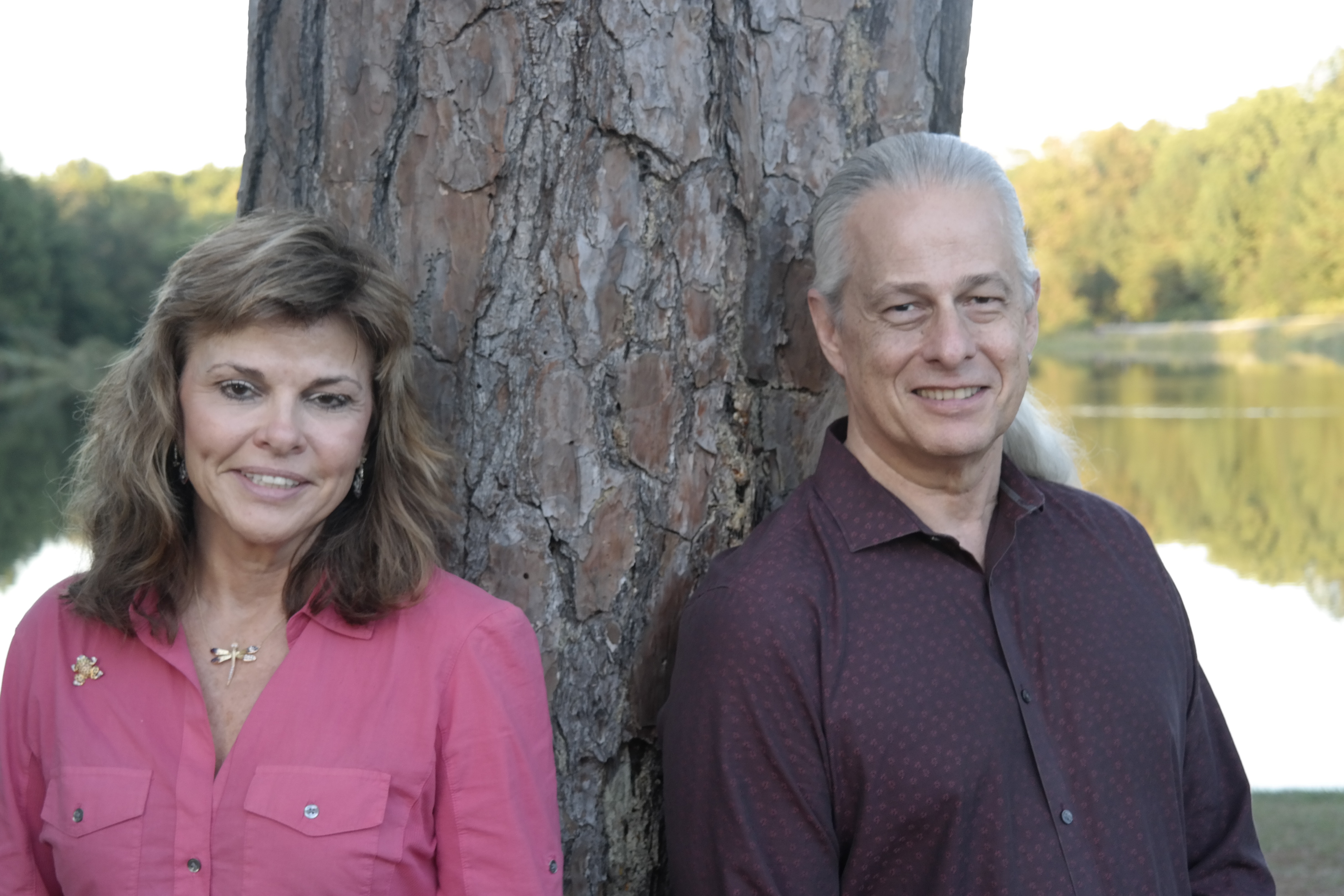
Addiction, recovery: Thinking outside the box
by SYDNEY CROMWELL
October 27, 2016
Steve and Pam Moore started the Moore Institute, currently in Cahaba Heights, in 1996 to help others struggling with addiction.
The 12-step program is how Steve and Pam Moore started on the road out of addiction. They have stayed sober for 26 and 29 years, respectively.
Though it worked for them, they’ve seen too many addicts fail in a 12-step program and said they believe there should be more than one way to recover from addiction.
“It’s hard to lose people,” Pam Moore said. “There’s got to be something for these people it’s not working for.”
The Moores are licensed clinical social workers and started their own addiction treatment practice, now called the Moore Institute, on Dolly Ridge Road in 1996. It moved to its Cahaba Heights location at 4126 Autumn Lane in 1999.
Steve Moore said it is common for recovering addicts to start a career in helping others fight the same battle. Being an addict gives them “instant credibility” with new patients, he said, because they intimately understand the mindset and struggles of addiction.
“You have to have a lot of heart for this business,” Pam Moore said.
After 20 years in treatment, the Moores said they see drugs become popular in phases. While alcohol is a constant among their patients, the Moores have seen crystal meth and prescription painkiller use spike in the past. Now, they said they’re seeing more young patients with heroin addiction.
Heroin use and overdose deaths have risen in Birmingham for the past several years, but Steve Moore said he doesn’t believe there are more opiate addicts than before. Instead, he said, it seems that addicts began to switch from painkillers to heroin as prescription substances became more inaccessible and heroin became more common.
However, the other dangerous substances often mixed in with heroin, such as carfentanyl, have made it easier to overdose.
“Ten years ago, you’d be hard put to find heroin in Birmingham,” Steve Moore said.
According to the National Institute on Drug Abuse, illicit substance use in the U.S. has increased from 8.3 percent in the teen and adult population in 2002 to 9.4 percent, or 24.6 million, in 2013. However, most of this was due to increases in marijuana use, and the NIDA’s survey results indicate that use of most other drugs has remained steady or declined.
Both Steve and Pam Moore had worked in 12-step treatment facilities prior to opening The Moore Institute, as well as their own background in the program as addicts. Despite it being the most common form of treatment, different studies have shown 12-step programs to be effective in the long term for anywhere from 10 percent to 33 percent of patients. With the majority of patients failing the program, the Moores received a grant to open the Addiction Research Institute in 2013 with the goal of finding alternative treatment methods.
“There has to be a place for them, too,” Pam Moore said.
So far, the ARI has developed two different forms of treatment. There is Refuge Recovery, which is based on Buddhist practices of meditation and mindfulness, and SMART (Self Management and Recovery Training), which uses cognitive behavioral therapy to help a patient understand and change the way they think and make choices.
Steve Moore said these treatments attract different patients based on their personalities, often appealing to addicts who don’t like the approach or religious background of 12-step programs like Alcoholics Anonymous. Some patients participate in all three programs.
“They’re not mutually exclusive,” Steve Moore said.
In October 2015, the Moores also opened the Caring Conscious Community room, which hosts everything from recovery meetings and parties to speakers, yoga and Zentangle classes. Use of the community room is free in order to encourage more community-building opportunities.
Their goal is to change the perception that addicts who can’t recover in a 12-step environment are simply not trying hard enough or wanting it badly enough. Steve Moore’s ongoing project is creating a “multimodal” treatment program that can incorporate many types of addiction therapy. He’s particularly interested in developing an assessment test to determine what type of treatment is most likely to be successful before a patient tries out a program.
“I think that has the possibility of changing treatment, the way treatment works,” Steve Moore said.
He added he would like to see addicts and their families making more informed decisions about where to seek treatment than simply contacting the first location they find online, which may not be the right fit.
“People find us how they find their hairdresser,” Steve Moore said.
One of Pam Moore’s interests in addiction treatment is finding out why women are less likely to attend recovery meetings. The Moore Institute began offering free childcare for their Wednesday night meeting in hopes of making it easier for parents to attend. She also released a book this fall called “Unhook and Live Free,” based on their research at the Institute and what the Moores have learned about addicts’ thinking and decision-making.
“It really has an opportunity to create change,” Steve Moore said of the different approaches he and his wife take to helping addicts successfully conquer addiction.
Learn more about Steve and Pam Moore’s work at mooreinstitute.info.
addiction recovery Moore institute Caring Conscious Community room
by SYDNEY CROMWELLOctober 27, 2016
